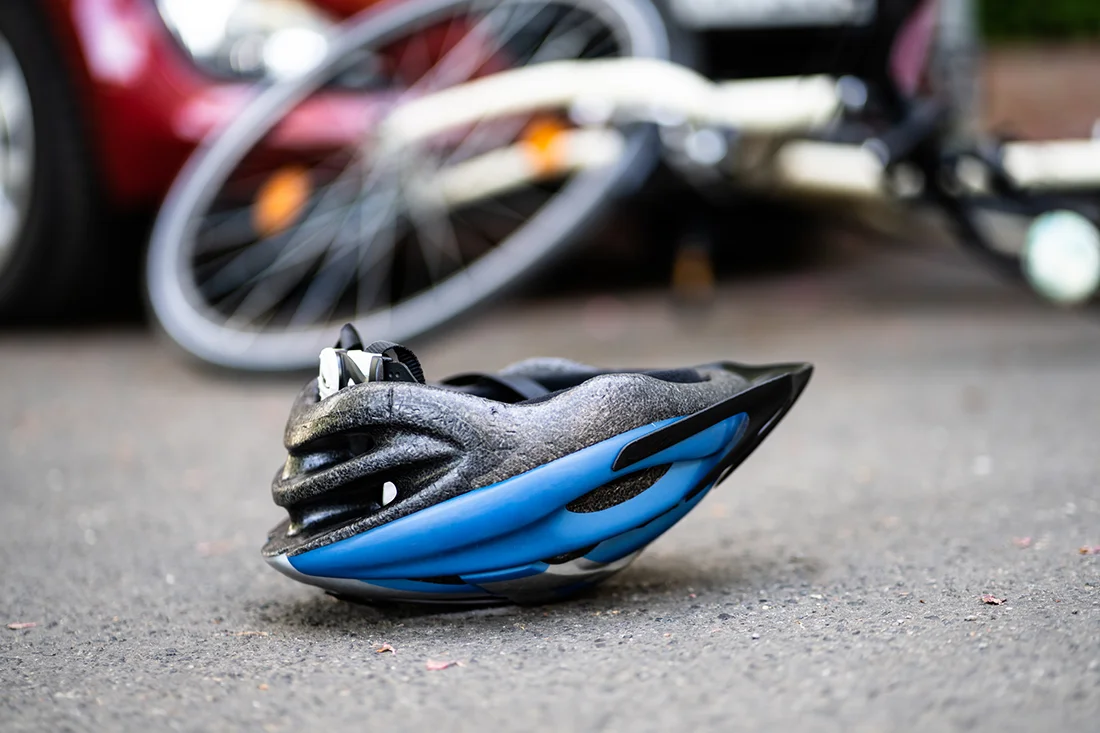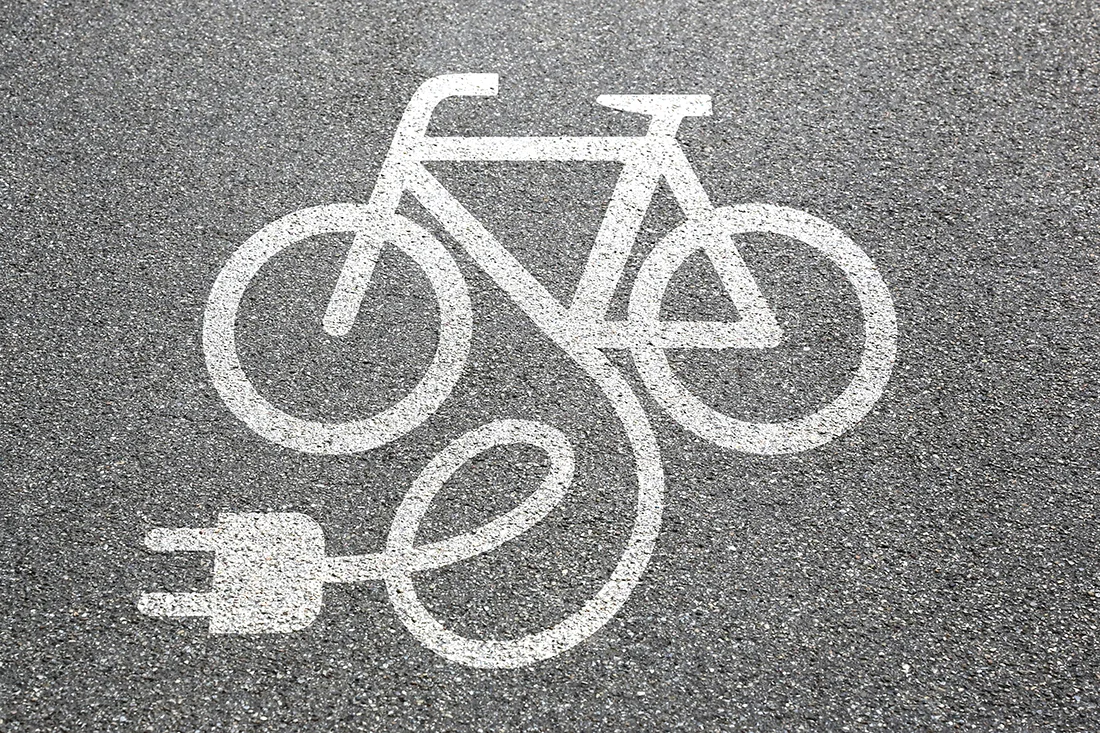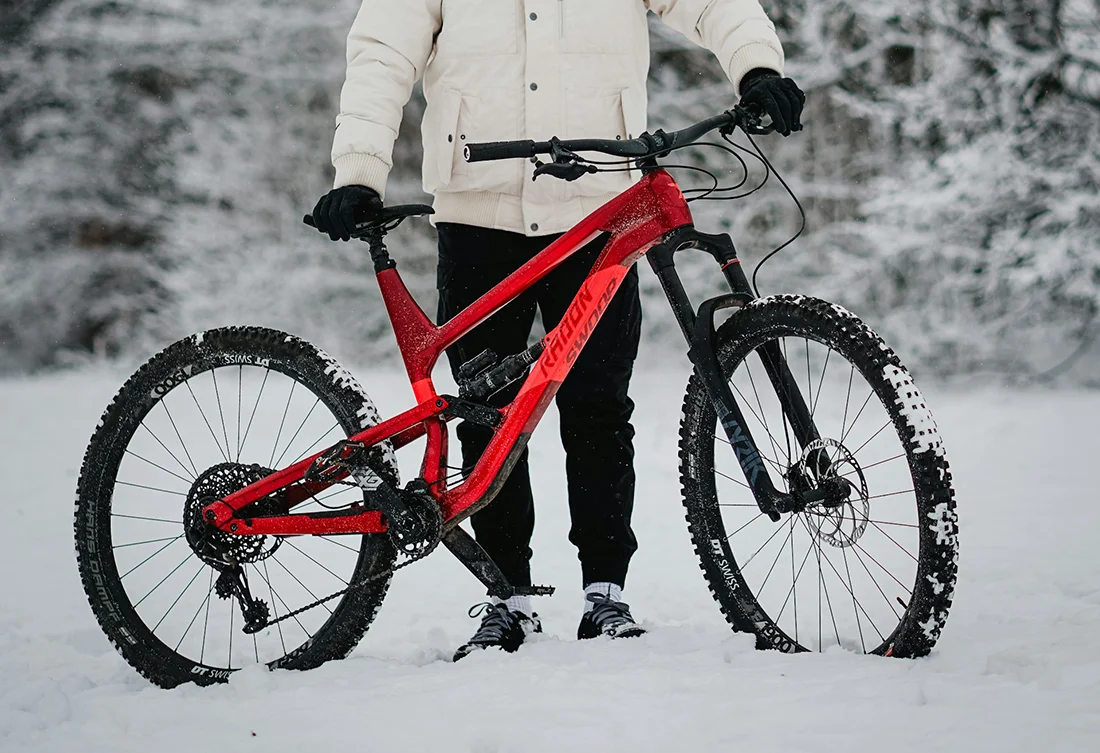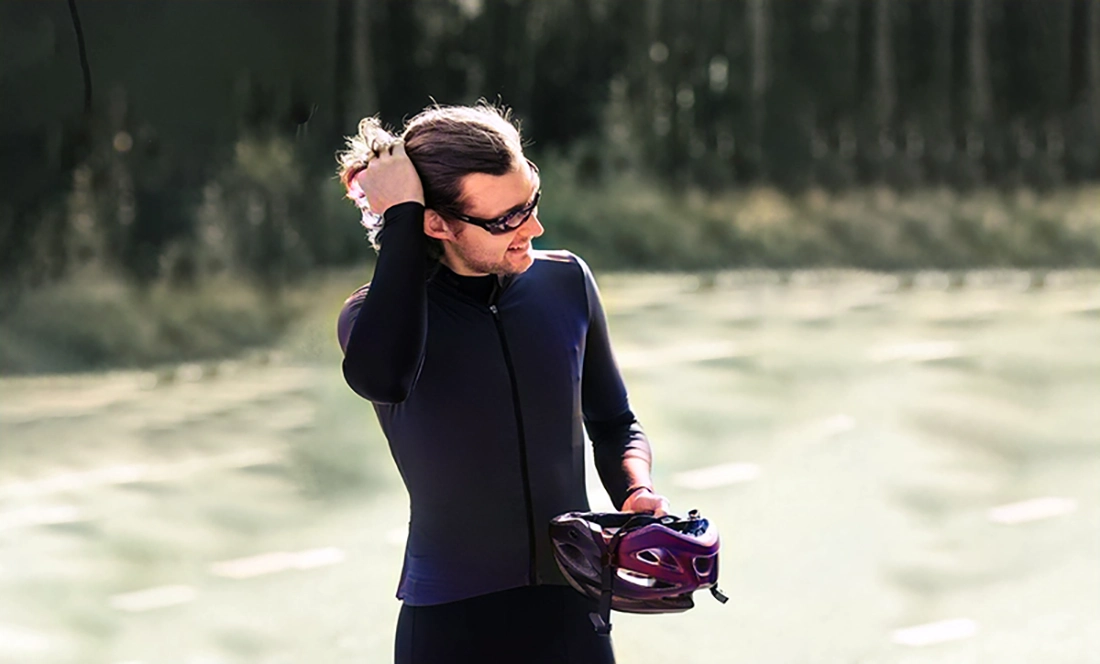Riding a bicycle is a fantastic way to get around—it’s healthy, fun, affordable, and good for the environment. However, it’s important to be aware of the risks involved with cycling.
To minimize the risk of something going wrong on your ride, you should know when bike crashes are most common.
Knowing the most problematic scenarios will help you keep an eye out on traffic, ride defensively, and stay upright and injury-free.
From the dreaded “left hook” to the dangerous “dooring” accidents, there are specific threatening situations most cyclists face.
In this post, we’ll analyze each of these risky situations and give you tips on how you can avoid them and stay safe while riding.
1. Left Hook
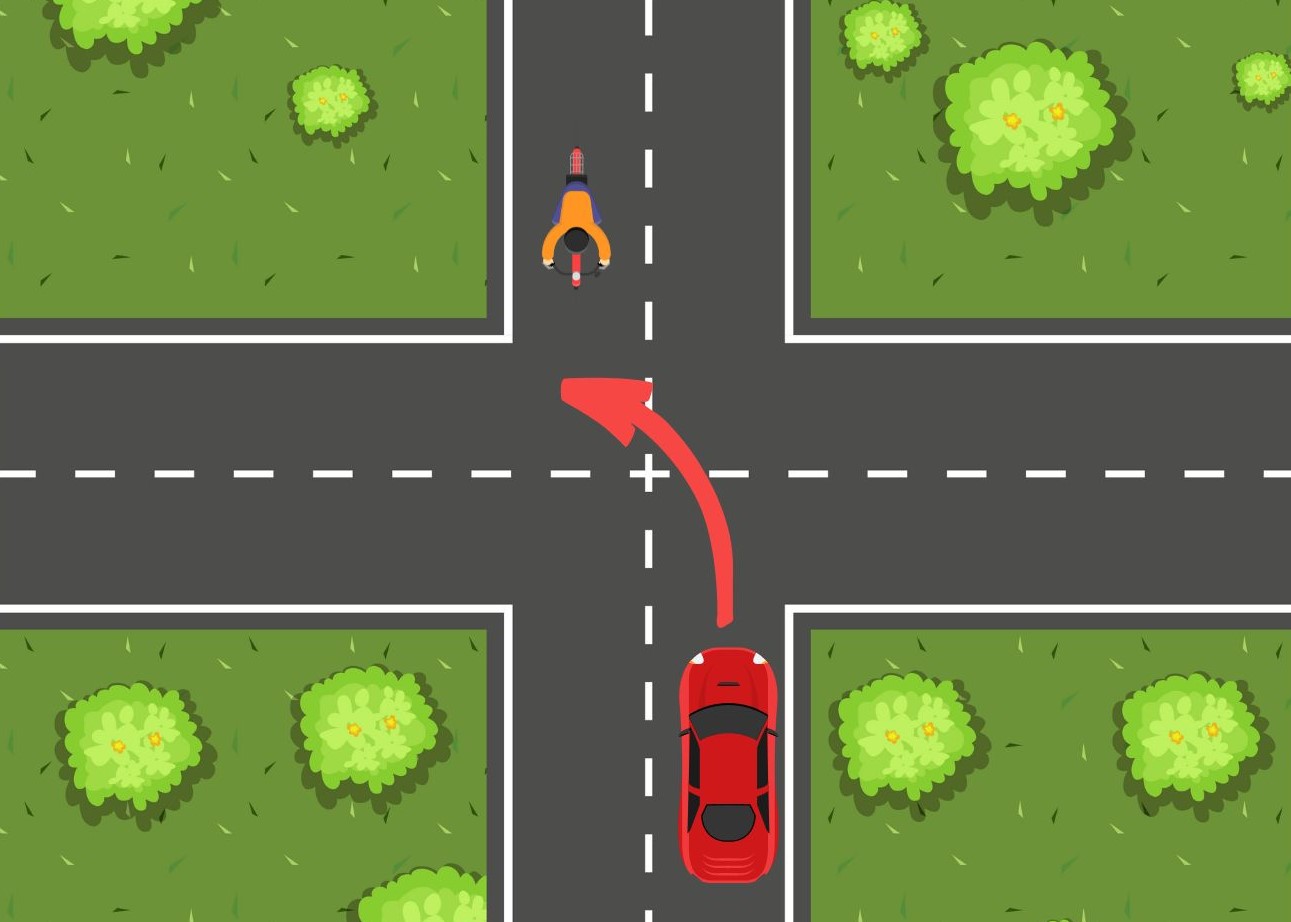
The “left hook” is the most common and one of the most dangerous types of bicycle accidents you can encounter.
“Left hook” bike crashes are most common when a driver is turning left and fails to see and yield to an oncoming cyclist traveling in the opposite direction. Drivers might misjudge the cyclist’s speed or the cyclist could be in the driver’s blind spot.
According to the Pedestrian and Bicycle Information Center, this is the most common type of cycling accident accounting for almost 50% of all vehicle-bicycle collisions.
Make sure to always wear a high-quality bicycle helmet to prevent serious injuries in case an accident does happen.
How to avoid:
- Make sure you’re extra cautious at intersections. Ride defensively and assume the driver cannot see you.
- Slow down and proceed going through the intersection only when you’ve made eye contact with the driver and you’re positive they can see you.
- Wear bright and reflective clothing that will increase your visibility to drivers.
- Wave or shout at the driver to get their attention if you notice they didn’t see you.
- Don’t be distracted by listening to music or looking at your phone while cycling.
2. Right Hook
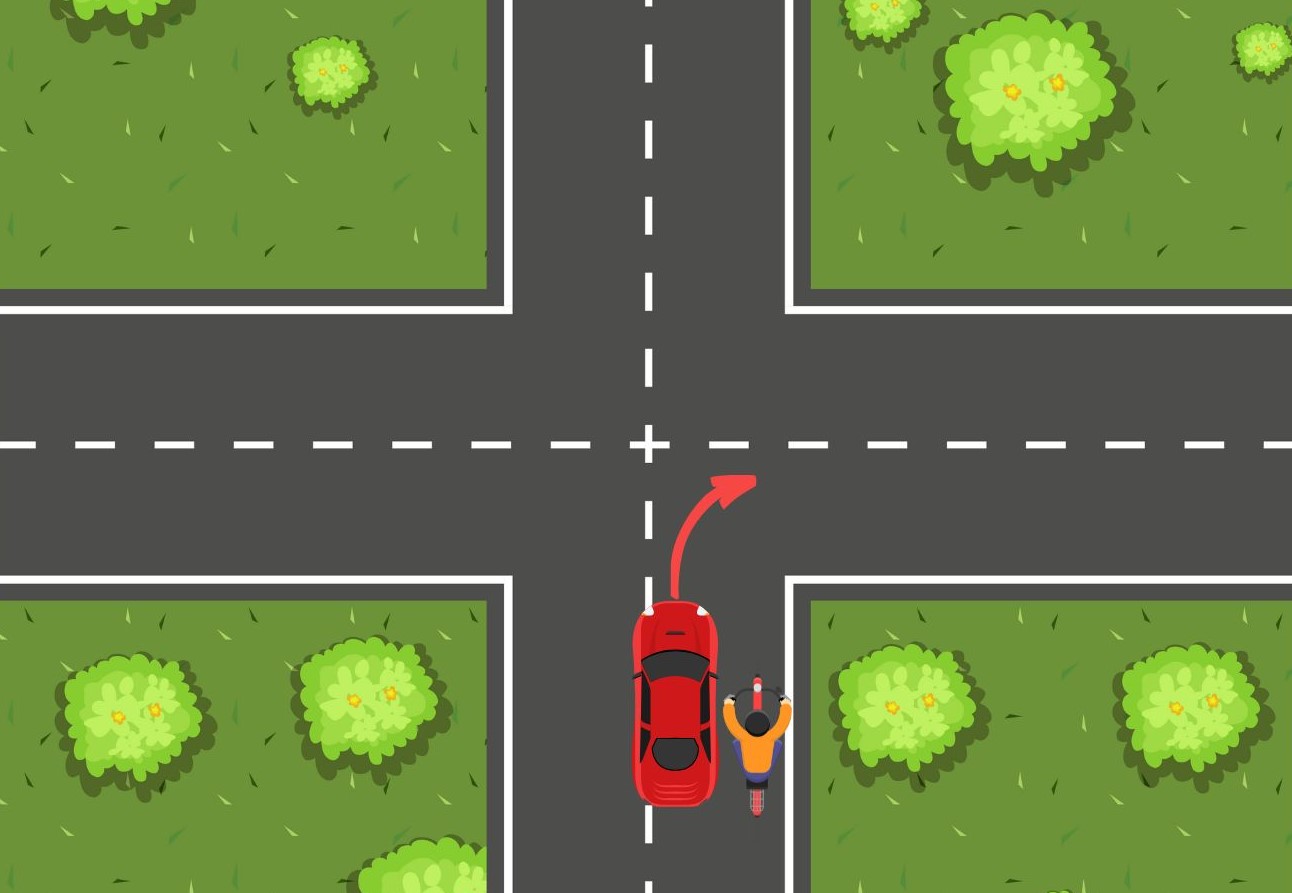
The “right hook” bike crashes happen when a cyclist is riding alongside a car in the same direction and gets struck as the car makes a sudden right turn.
This accident often happens because the driver fails to check their right rearview mirror or the cyclist is in the driver’s blind spot.
“Right hook” accidents are common at intersections or when a car suddenly pulls into a driveway or a parking spot.
How to avoid:
- Ride defensively and assume drivers cannot see you, especially when you’re in their blind spot.
- Be especially cautions when a car’s right turn signals are on.
- Don’t pull up alongside a car at traffic stops. Instead, pull up behind them, as if you’re riding a car.
- Maintain your brakes in good condition and be prepared to perform emergency braking in case a car cuts across your path.
3. Overtaking
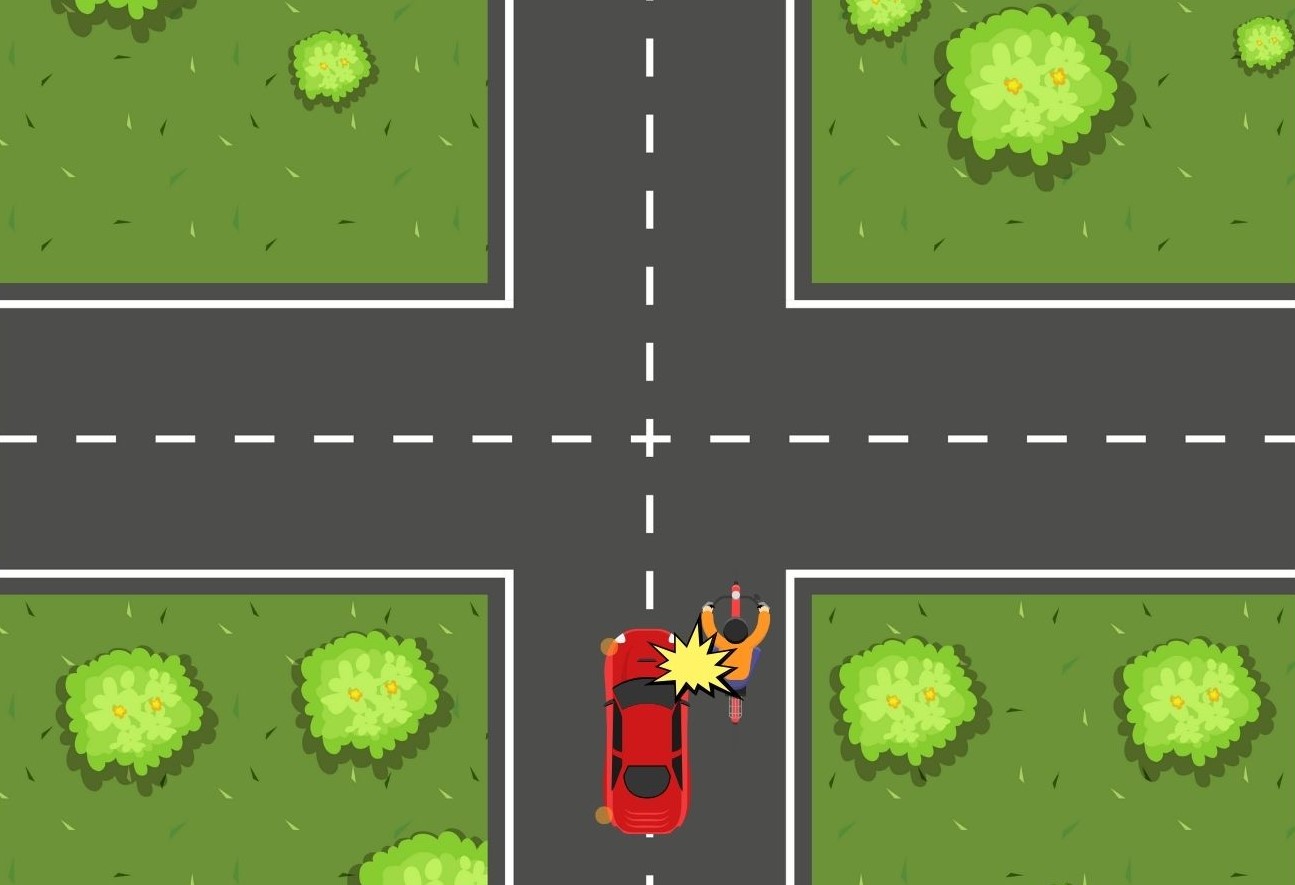
Accidents that happen when a car overtakes a cyclist without having enough space to do so safely are some of the most dangerous ones, commonly causing death or serious injury to the cyclist.
Even if a car doesn’t make contact with the cyclist, passing too close can scare the cyclist and cause them to swerve, lose their balance, fall, and even get struck by an oncoming vehicle.
This situation is particularly dangerous because the vehicle is approaching from behind, often at high speeds, and cyclists are not aware of the danger until too late.
How to avoid:
- Never listen to music while riding a bicycle. Be aware of your surroundings.
- On open roads and stroads, be especially cautious in situations when there is traffic in the opposite lane and you can hear a vehicle approaching from behind.
- Don’t ride on the edge of the road, even though it may seem safer to do so. Leave some room to move right if a vehicle passes you too close.
- Take the lane when it is safe to do so. In the city and on slower intersections, feel free to take the lane if you estimate that it is not safe for the car behind to pass you safely. Move over to the right when there is enough room for the car to pass safely again.
- Invest in a bike radar (such as Garmin Varia) that will alert you of vehicles approaching from behind.
4. Dooring
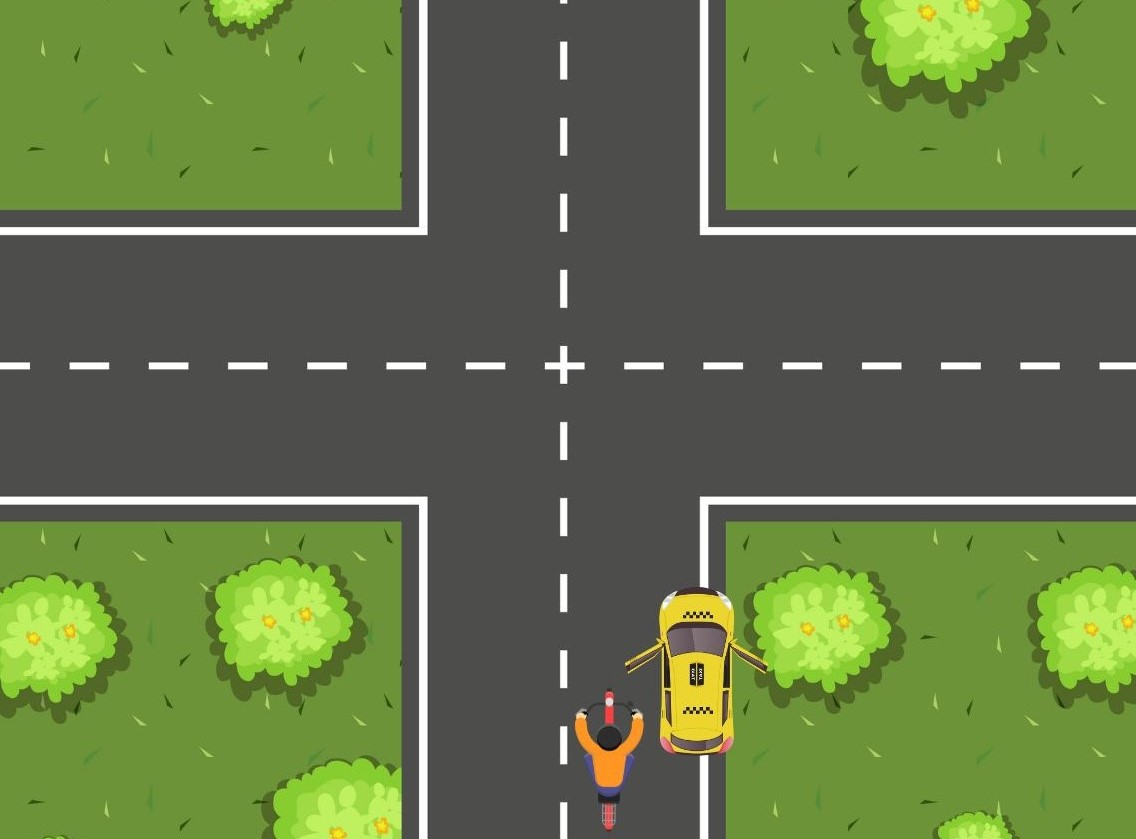
“Dooring” is an accident that happens when someone opens a car door directly in the path of an oncoming cyclist.
“Dooring” bike crashes are most common in urban areas with street parking, particularly when cars are parked alongside the street.
Drivers and passengers don’t always check for cyclists before opening their doors, which could cause the cyclist to collide with the door or swerve left into traffic.
How to avoid:
- Ride defensively and assume that car drivers and passengers do not see you.
- Avoid the infamous “door zone.” Always ride at least 3 feet (1 meter) away from the car, leaving enough room for the door to open without obstructing your path.
- Watch for movement inside parked cars and for people getting ready to exit. Be especially wary of taxi vehicles and passengers leaving the car.
- Use your voice to alert the driver or passenger of your presence if needed.
5. “Exit” Accidents
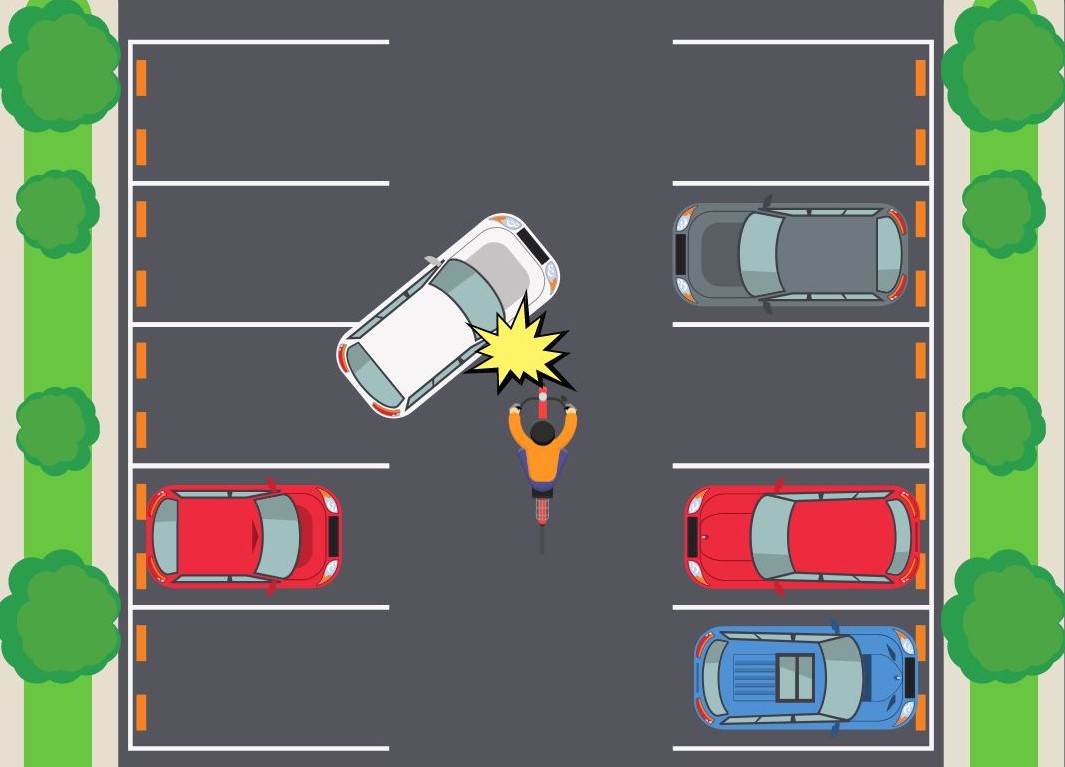
The so-called “exit” accidents happen when a car cuts off a cyclist while pulling out of a driveway, parking spot, or a side street, causing a collision.
These bike crashes are especially common when car drivers are reversing and don’t adequately check for cyclists approaching on the main road.
How to avoid:
- Be especially vigilant when riding on streets with driveways or parking spots.
- Slow down and give yourself time to react in case of a dangerous situation.
- Be careful in case you can see a car’s reverse lights (bright white) are on. Ride defensively and assume they cannot see you.
- Wear bright and reflective clothing to improve your visibility in all conditions.
6. Rear-end Collisions
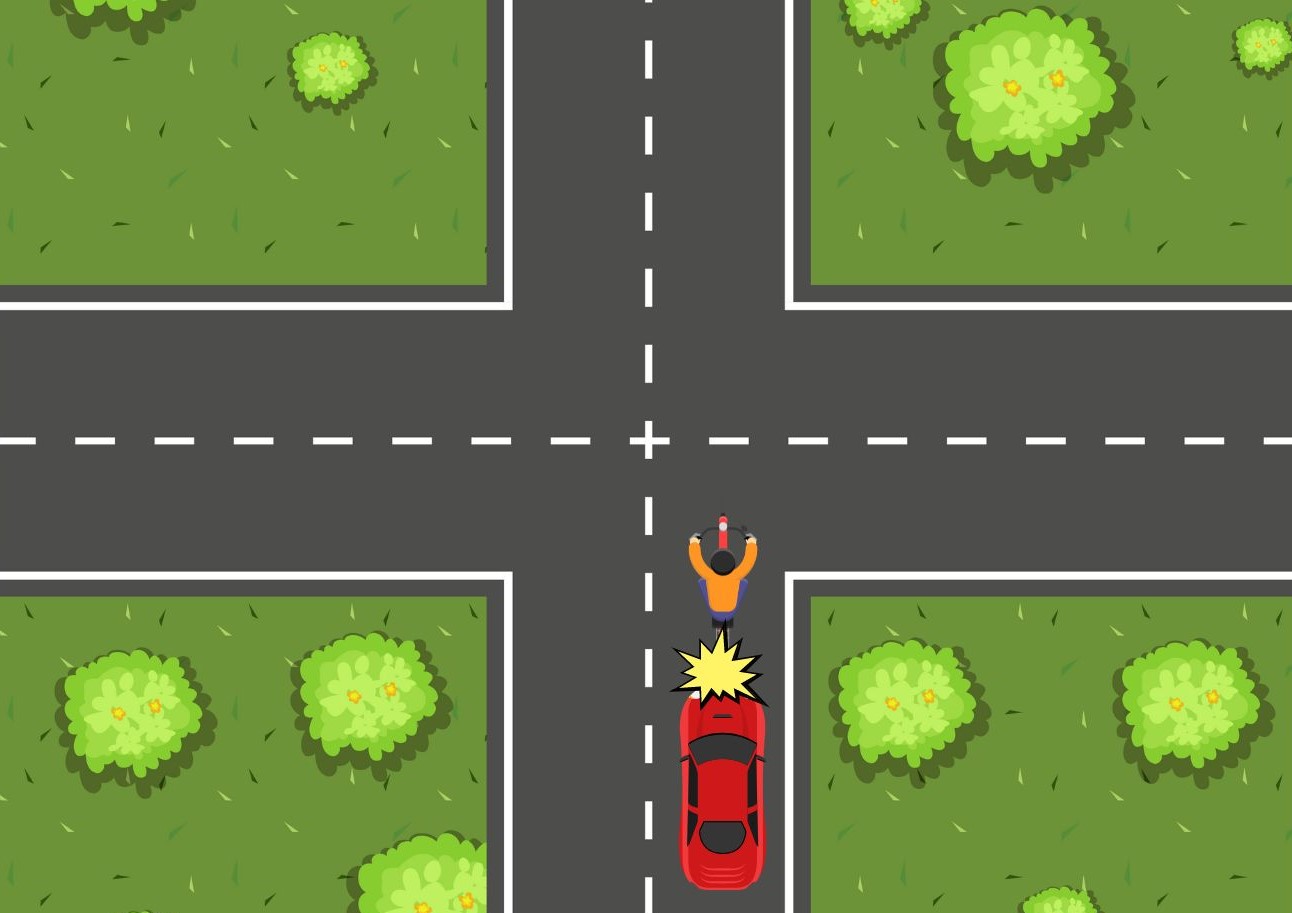
Rear-end collisions happen when a cyclist is hit by a car from behind.
These accidents commonly happen when a car driver fails to see the cyclist because of inattention, poor visibility, or because the car is following too closely.
Rear-end collisions are particularly dangerous as the cyclist is often caught by surprise while slowing down or making a turn.
Rear-end collisions are also common when roles are reversed. Cyclists trailing too close to cars can slam into them from behind, especially if they have bad brakes or the car slows down unexpectedly.
How to avoid:
- Improve your visibility by wearing bright and reflective clothing and using a rear light.
- Use hand signals prior to slowing down or turning.
- Avoid riding too close to vehicles in front of you.
7. Wrong-way Riding
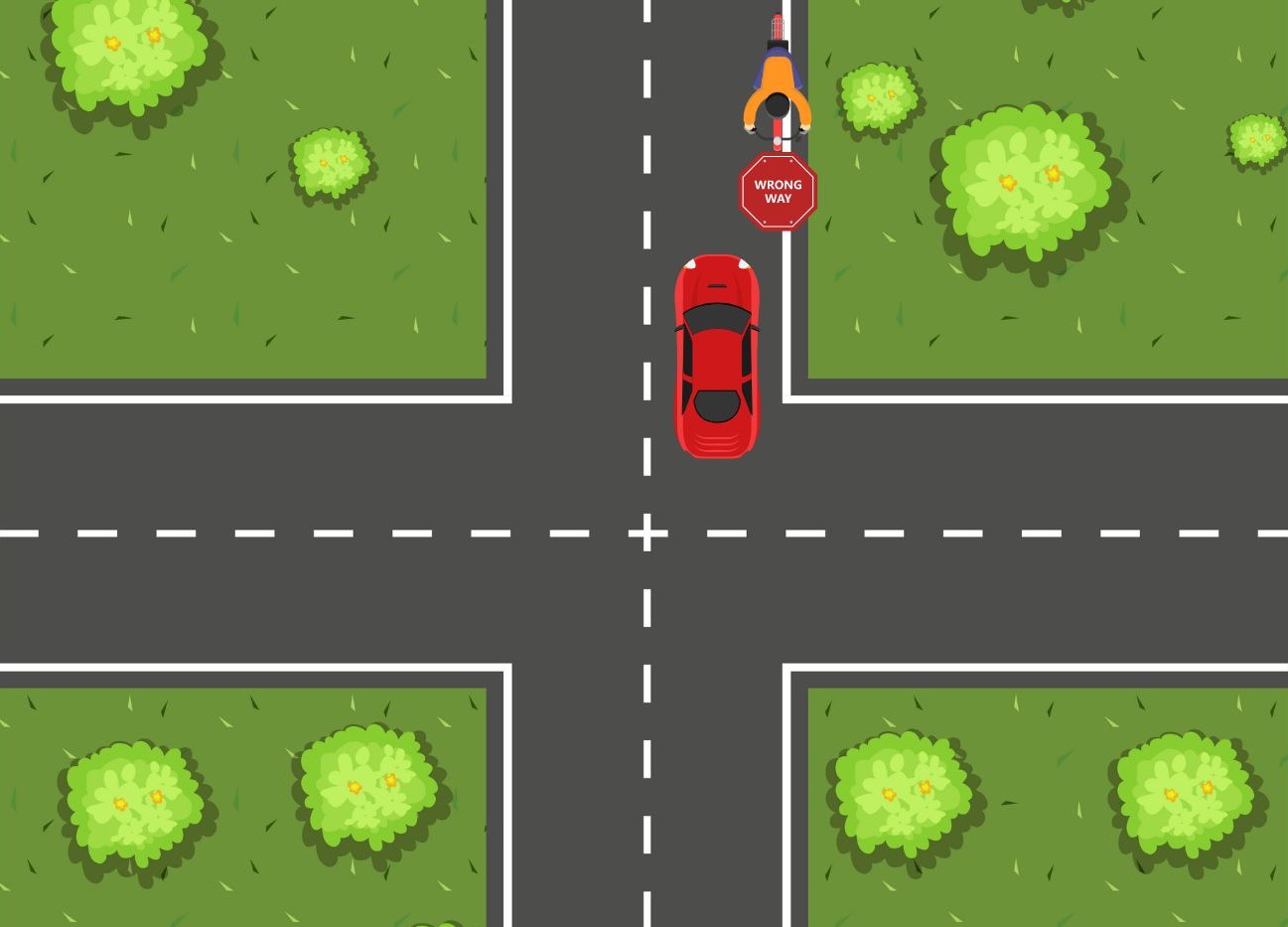
Many cyclists feel that it’s safer to ride against traffic, in the opposite lane, to better see oncoming cars. However, this is actually very dangerous.
Drivers don’t anticipate cyclists coming directly at them from the opposite direction, which gives them less time to react appropriately.
Wrong-way riding goes against the expected flow of the traffic and increases the risk of collisions, so you should never do it.
How to avoid:
- Obey traffic laws and ride in flow with the traffic.
- When possible, use designated bike lanes if you’re afraid of riding on streets and roads.
- If you have to ride against the traffic to get to a specific destination, it’s best to dismount your bike and push it on the sidewalk or ride it cautiously if allowed.
8. Low Visibility Conditions
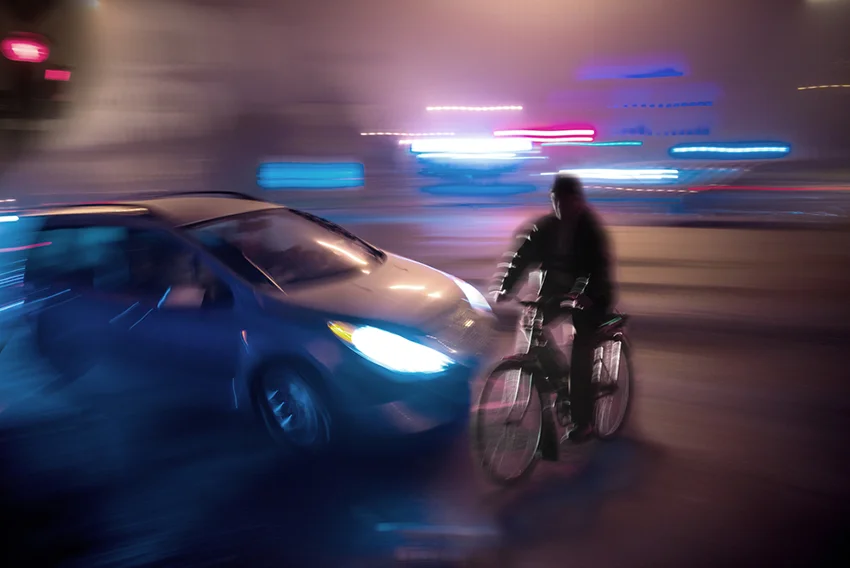
Riding in low visibility conditions makes it more difficult for car drivers to see you.
If you’re riding at night, dawn, dusk, or during overcast and rainy days, you need to be especially careful—this is exactly when bike crashes are most common.
In such conditions, visibility is decreased, so it’s harder for drivers to judge a cyclist’s distance, speed, and intentions.
How to avoid:
- Make sure you’re wearing bright and reflective clothes that increase your visibility.
- Use bright front and rear lights to make yourself visible and also see where you’re going.
- Choose roads and streets with good street lighting when possible.
- Ride more cautiously and defensively when visibility is low.
9. Road Hazards
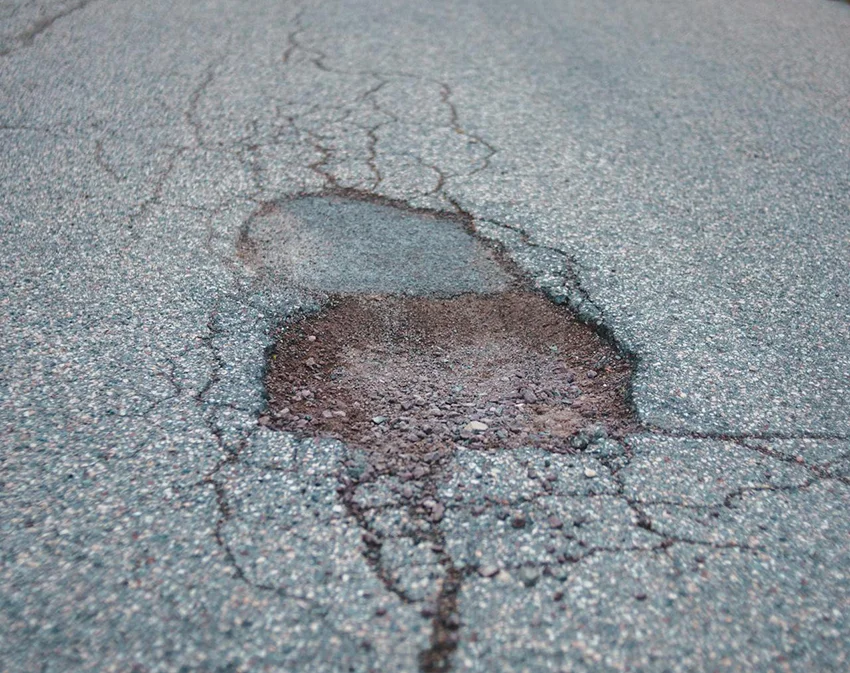
Road hazards are another common cause of bike crashes.
Potholes, debris, tram and train tracks, and uneven pavement can cause cyclists to lose control and fall.
Moreover, white lines, pedestrian crossings, grates, and manhole covers can be very slippery on rainy days, causing your tires to lose grip and slide.
Road hazards in general are especially dangerous when it’s raining, as they can be hidden by puddles, or at night when it’s difficult to spot them.
How to avoid:
- Stay alert and scan the road ahead for potential hazards such as potholes or tram tracks.
- Avoid riding over painted sections of the road, grates, or manhole covers. They can be slippery when wet or when braking.
- Control your speed when turning as your tires could lose grip if there is gravel or sand on the road, or the surface is wet and slippery.
10. Not Using Hand Signals
Learning hand signals and using them properly is an important way to communicate with other cyclists and car drivers.
Failing to signal before turning or stopping means that other people cannot anticipate your actions which may put you at risk.
Hand signals are particularly important at intersections where you’re likely to change lanes before a left turn or slow down before a right turn.
How to avoid:
- Make sure you’re familiar with the most common hand signals for turning left, turning right, and stopping.
- Signal early and clearly, giving other people time to react appropriately without putting you in danger.
- Install a rearview mirror to increase your awareness of your surroundings.
11. Not Obeying Traffic Laws
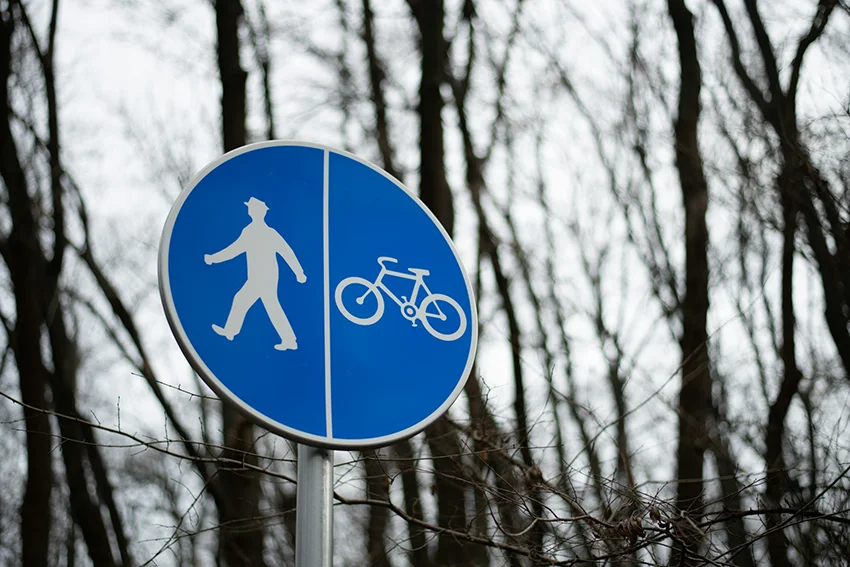
Cyclists have the same rights as car drivers when riding on streets and roads, but they also have the same obligations.
They are expected to follow the rules of the road; not doing so can lead to dangerous situations, which is one of the most common causes of bike crashes.
Some cyclists often disregard stop signs, traffic signals, and right of way, which puts them at danger and negatively affects the public image of all cyclists.
Traffic rules are there to make driving and riding predictable. Weaving through traffic unpredictably makes it difficult for drivers to anticipate your next move, which can lead to a crash.
How to avoid:
- Remember that bikes are considered vehicles and are expected to obey all traffic laws same as other vehicles.
- Learn traffic rules and the meaning of all traffic signs.
- Yield to cars with right of way and pedestrians on crosswalks to avoid collisions.

